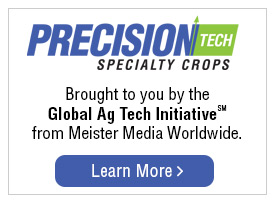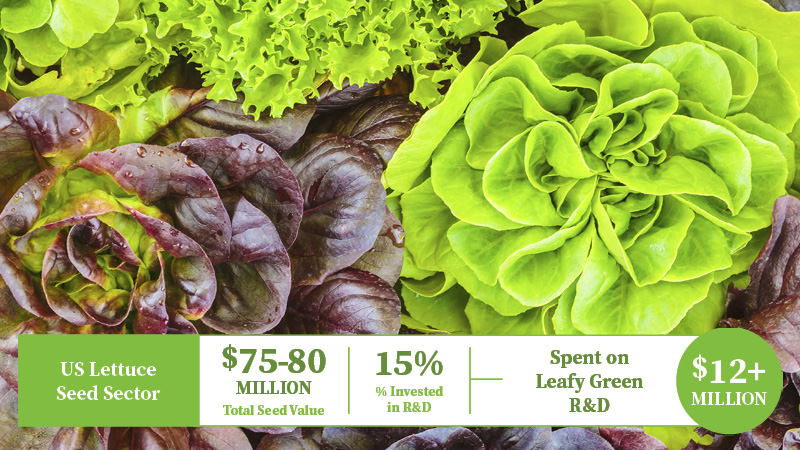Robotic Harvesting System for Greenhouse Tomatoes Being Put To the Test

The future of food production will require greater efficiencies, sustainable practices, and maximizing yields at every step. Are harvesting robots part of that equation? To optimize the future production of tomatoes, Syngenta Vegetable Seeds recently worked with Pittsburgh, PA-based Four Growers, Inc. to test its GR-100 robotic harvester in tomato research.
“This collaboration helps serve as a link between genetics and automation,” says Ruud Kaagman, Syngenta Global Crop Unit Head – Tomato. “The success of robotization in the future is the application of robotics with different plant characteristics. With this collaboration, you’ll see varieties adapted to robotic harvesting to enable growers’ success.”
The partnership between Syngenta and Four Growers could lead to faster crop advancements, reduced food waste, and more satisfied growers and consumers.
Enable Labor Cost Reduction
Today tomatoes are harvested with human hands, which accounts for a sizeable portion of overall production costs – up to 30% of the total. On top of costs, growers are finding it more difficult to find enough laborers. With rampant labor shortages, growers need solutions to ensure consumers have access to the tomatoes they need. Enter robotic harvesting.
“Using robotics in agriculture will enable us to eat higher quality, healthier, more affordable produce,” says Brandon Contino, Four Growers CEO. “Unlike other machines that we see in the field today that harvest every crop (ripe or unripe) in one pass, at Four Growers, our robotics and AI enable us to pick produce individually so that we only harvest those that are perfectly ripe.”
Harvesting robots can save time and human resources. For Syngenta, it is important to partner with Four Growers to be ready for the production styles of the future and fully understand needs of the grower.
Robotics in Tomato Research
To optimize the efficiency of harvesting robots, growers need a combination of an intuitive machine and plants designed to work with them. That’s why Syngenta is including robotics in the research stage of development, to pick plant structures that work best with machine harvesting.
“Syngenta is developing varieties for the future of our growers, so we need to understand how growers will be running their operations in five to 10 years from now,” Kaagman says. “We will make sure that when growers move to robotization on a large scale that we have varieties for them that will help them gain efficiencies and added value from robotization.”
For more, continue reading at GreenhouseGrower.com.









